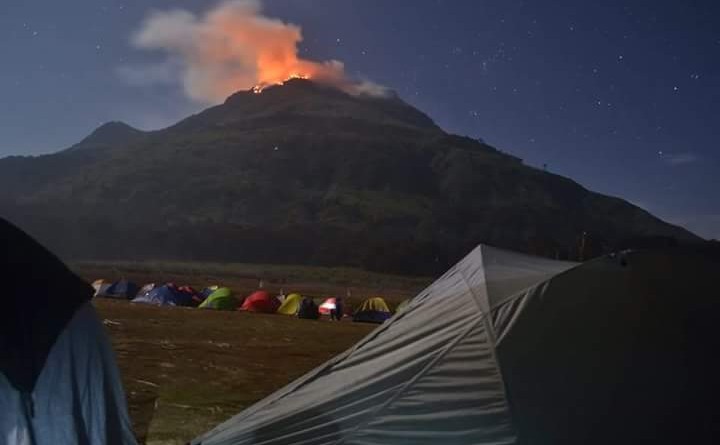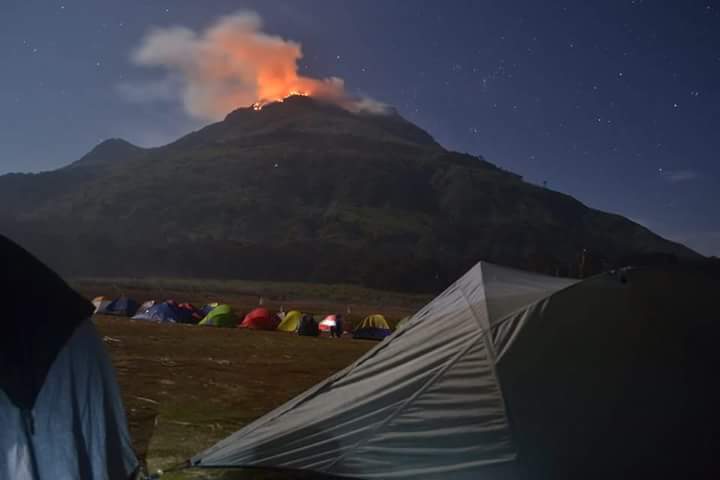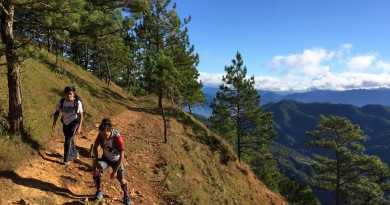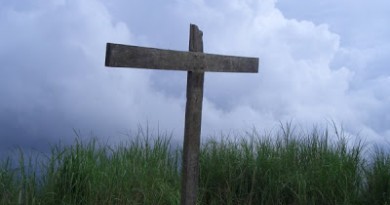Essay: Remembering the forest fires – and preventing them
Now that we’re well into 2017, it’s easy to forget that a year ago, our mountains were ablaze with forest fires.
On Black Saturday – March 26, 2016 – a fire originating from Mt. Apo’s summit campsite began to ravage the mountain’s upper reaches, spreading in various fronts. Several hundreds of hectares were damaged when the fire was finally contained on April 11 – almost two weeks after it started. Habitat to flora like the the majestic tinikaran trees and fauna like the Philippine eagle; and home to indigenous peoples, the fire in our country’s highest mountain can only be described as a national tragedy.
But what makes the environmental situation even more sad is the Mt. Apo fire is just one of many during this time of the El Niño phenomenon. In January, a fire started in the ARMM’s Piapayungan Range, devastating huge sections of one of the country’s most inaccessible mountain ranges. At the same time that Mt. Apo was burning, there were fires reported in Mt. Kanlaon – the highest in the Visayas – as well as the Kitanglad Range in Bukidnon; Mt. Matutum and Mt. Parker in South Cotabato; and Mt. Banahaw in Quezon. While fires are common during the dry season (and some foresters suggest that they are fires are actually part of a forest’s healthy life cycle), the extent and magnitude of the fires evidently went beyond what can be considered “natural”.
Some of them dissipated spontaneously (aided by the belated rains), but others were put out with the help of firefighters and volunteers, including many mountaineers. Their bravery must be acknowledged, and we must take heart in the knowledge that there are enough men and women who care deeply for the environment. But at the same time, the fact that the fires happened and people had to fight them in the first place should leave us with the sobering thought that our mountains face a new threat: one that could become worse in the coming years.
***
As we face another dry season, we must revisit the last year’s fires, examine their possible causes, and chart what can be done to prevent them from happening – or how to control them more effectively.
If the Mt. Apo fire was indeed caused by campers, they should have been punished – if only to send a clear message: environmental rules must not be taken lightly, and hikers must have learned basic outdoor skills and principles before even setting foot on a mountain (Unfortunately, nothing seems to have come out of last year’s investigations).
But a witch-hunt for who caused the fire – or blaming mountaineers in general – is not going to be the main solution: Mountaineers in the Philippines are already adamantly against making fires in campsites, preferring the much-safer stoves, so it is really a matter of educating (and patrolling) those who are not aware of this custom, which is part of the “Leave No Trace” principles. Popular destinations draw not just regular mountaineers, but casual visitors, and even pilgrims who regard certain mountains like Mt. Banahaw as sacred sites.
Moreover, of the mountains affected by forest fires last year, only the one in Mt. Apo is likely caused by hiking activity. A far more common cause of fires is the practice of kaingin in which locals deliberately burn sections of the forest to make room for small-scale agriculture. Else, other forms of human activity like discarding cigarette butts. Then there are also a small percentage of forest fires that occur naturally, usually caused by lightning. Closing the mountains to hiking activity will not prevent fires, as we have seen in Mt. Cristobal in Quezon and Mt. Hamiguitan in Davao Oriental – mountains that are”closed” to hikers but nonetheless caught fires last year.
Ultimately, then, protecting the mountains will rely on an organized system that regulates hikers and locals alike. Educating the locals about the causes and impacts of forest fires can also go a long way.
Forest rangers and guards can serve as the backbone of the system – patrolling hiking and camping activities and at the same time engaging with locals, i.e. communicating to them exceptional nature of the dry season now. Unfortunately, there are too few rangers in our forests, and even those who are actually employed have been threatened or even killed (as in the case of the late Jojo Malinao of Mt. Makiling) while many have remained underpaid (as in the case of the Ipo Watershed guards who reportedly walked out of their posts last year after being unpaid for 18 months).
Outdoor enthusiasts can help by augmenting the DENR personnel when the situation calls for it. Already, local clubs like the ones in Bukidnon and Negros are working closely with the local PASUs (Protected Area Superintendents); some are trained to conduct rescue missions. In addition, hikers can help by reminding the public of this important but easily-forgotten concern.
But the mountains need organizational reform too – not just personnel. The case of Mt. Apo is illustrative. Although a National Park, hiking activity in Mt. Apo was managed before its closure by various LGUs that collected expensive registration fees that ranged from P1,000 to 1,500. Even with millions a year generated in revenue, however, Mt. Apo is severely understaffed, and hikers are not properly oriented or patrolled. Fortunately, the DENR in Davao Region seems to be finally pursuing a “rehabilitation and developmental plan” that calls for additional forest protection officers. We need to remain encourage more of these efforts.
Finally, when fires do occur, we must be ready. Last year’s image of a lone Air Force helicopter with a bambi bucket trying to stave off the fire in Mt. Apo is heartening, but it is crude compared to specialized aircraft that other countries use to control their fires. With our forests already vulnerable to many other threats even as they protect us from calamities and ecological disasters, surely, protecting them from destructive fires is an investment the government ought to pursue.






Leave a Reply
Be the First to Comment!